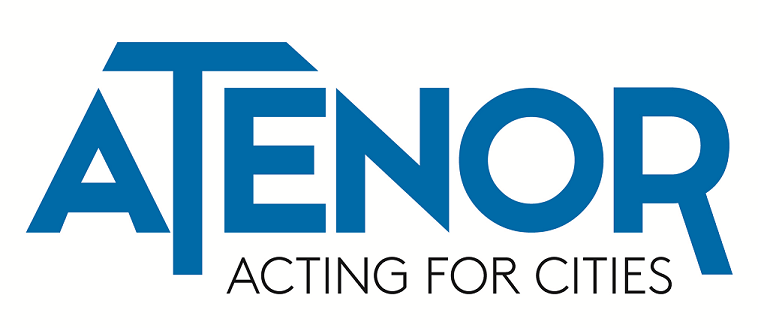Survey: Quarter Of Hungarians Poor Or At Risk Of Social Exclusion
- 4 Dec 2017 7:52 AM

In line with international standards, KSH uses three sub indicators to measure poverty: income poverty after social transfer, serious deprivation of material goods and living in households with very low work intensity.
KSH found that 14.5 percent of Hungarians were experiencing a serious deprivation of material goods, 13.4 percent were poor relative to incomes and 4.9 percent were living in households with very few job opportunities.
Categories could overlap, some 1.2 percent of Hungarians, or 114,000 people, fell into all three at the same time. Poverty levels peaked at 34.8 percent in 2012 in recent years.
The ensuing decline, to 25.6 percent in 2016, reflected mostly the reduction in the share of those experiencing a serious deprivation of material goods.
The data show that the risk of poverty is higher for children under 18 years old, for single-parent households, for those with low educational qualifications, for unemployed and for Roma minority members. In 2016, 31.6 percent of people younger than 18 lived in poverty.
For those between the ages of 25 and 49, the share was 24.2 percent and for those older than 65 years it was 16.8 percent.
Among the Roma minority, the share of poor or at the risk of social exclusion was more than three times the national average, at 75.6 percent last year, down from the 82.8 percent in 2015.
Republished with permission of Hungary Matters, MTI’s daily newsletter.




























LATEST NEWS IN current affairs